Provide you with the latest enterprise and industry news.
Wholesale Paddle Wheel Aerator Water Cooling Manufacturer
The efficiency and sustainability of water cooling systems are increasingly important in modern industrial processes, and the Paddle Wheel Aerator Water Cooling system has emerged as a key technology in this field. As industries look to reduce their environmental footprint and operational costs, understanding the energy consumption of Paddle Wheel Aerator Water Cooling systems is crucial. This article aims to provide a comprehensive analysis of the energy consumption associated with Paddle Wheel Aerator Water Cooling, examining factors that contribute to its power usage and potential improvements for energy efficiency.
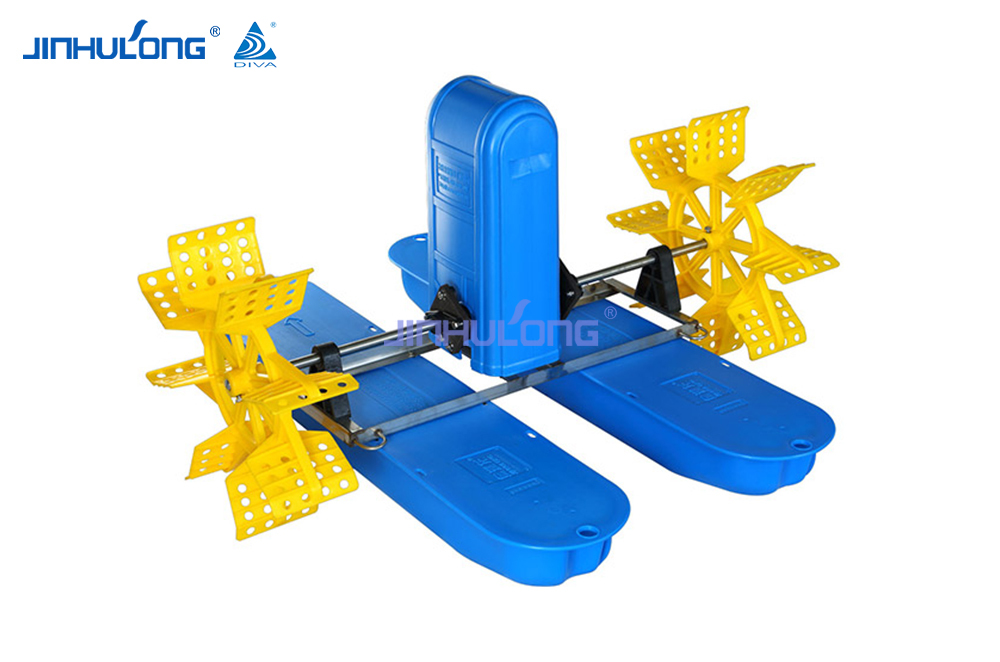
Paddle Wheel Aerator Water Cooling systems are widely used for their ability to improve water quality by increasing dissolved oxygen levels and circulating water to prevent thermal stratification. The energy consumption of these systems is primarily dictated by the power required to drive the paddle wheels and the operational hours of the system. The size and design of the paddle wheels, as well as the specific power rating of the motor, significantly influence the energy demands. Larger systems with more paddle wheels or those operating in more demanding conditions will naturally consume more energy.
One of the critical factors affecting the energy consumption of Paddle Wheel Aerator Water Cooling systems is the efficiency of the motor. Modern systems utilize energy-efficient motors that can reduce power consumption without compromising performance. Additionally, variable frequency drives (VFDs) can be employed to adjust the motor speed based on the system's needs, further reducing energy use. By precisely controlling the speed of the paddle wheels, VFDs can optimize the oxygenation process and decrease unnecessary energy expenditure.
Another aspect to consider is the operational strategy of Paddle Wheel Aerator Water Cooling systems. By implementing intelligent control systems that monitor water quality parameters, such as dissolved oxygen levels and temperature, these systems can be programmed to operate only when necessary. This adaptive operation can significantly reduce energy consumption by preventing the system from running continuously when it is not required.
The environmental conditions in which the Paddle Wheel Aerator Water Cooling System operates also play a role in its energy consumption. For example, in warmer climates, the system may need to work harder to maintain suitable water temperatures, causing increased energy use. However, by careful site selection and the system, these impacts can be reduced. For instance, positioning the system in areas with natural air flow can help to reduce the cooling load.
Maintenance and upkeep of the Paddle Wheel Aerator Water Cooling system are also crucial for maintaining low energy consumption. Regular cleaning and inspection can prevent fouling of the paddle wheels, which can increase the drag and, consequently, the energy required to rotate them. Additionally, ensuring that all mechanical components are well-maintained and functioning efficiently can help to reduce energy losses due to friction or other inefficiencies.
Innovative designs in Paddle Wheel Aerator Water Cooling systems are also being developed to reduce energy consumption. Some systems incorporate aerodynamically optimized paddles that require less power to move through the water, while others use materials that are lighter and more durable, reducing the overall load on the motor.
In conclusion, the energy consumption of Paddle Wheel Aerator Water Cooling systems is a complex issue influenced by a multitude of factors. By understanding these factors and employing strategies to improve efficiency, such as using energy-efficient motors, variable frequency drives, intelligent control systems, and regular maintenance, it is possible to significantly reduce the energy demands of these systems. As technology continues to advance, it is expected that the energy consumption of Paddle Wheel Aerator Water Cooling systems will further decrease, making them an even more sustainable solution for water cooling applications.


 中文简体
中文简体 English
English Español
Español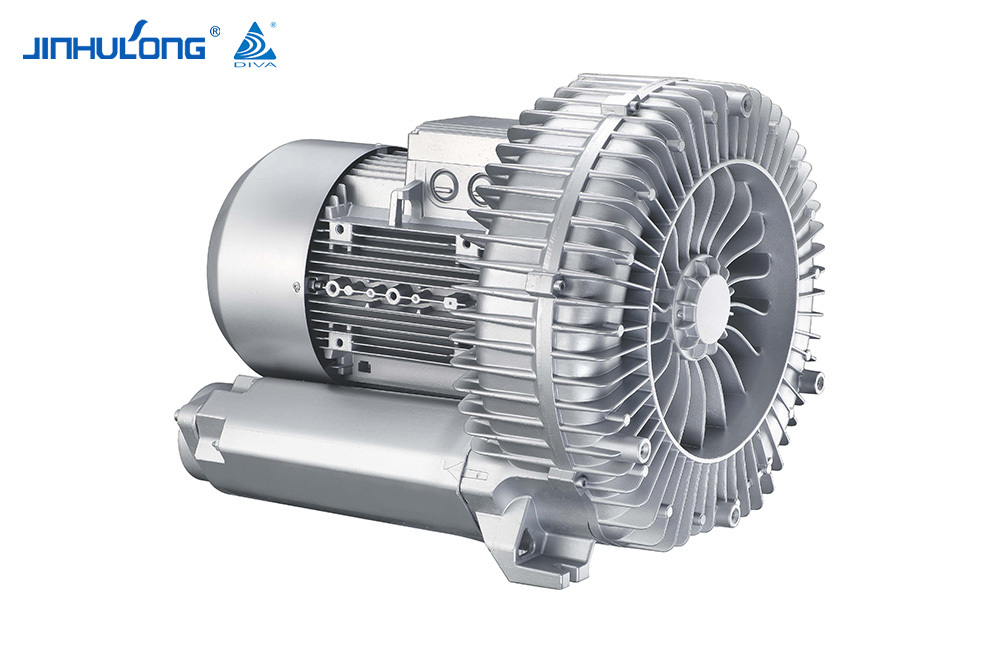
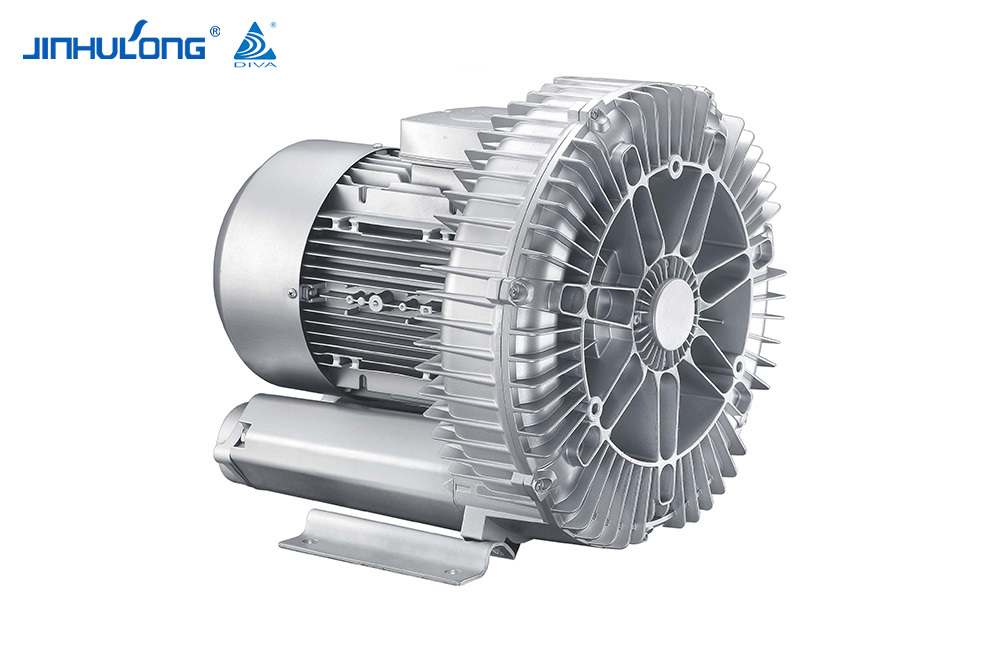
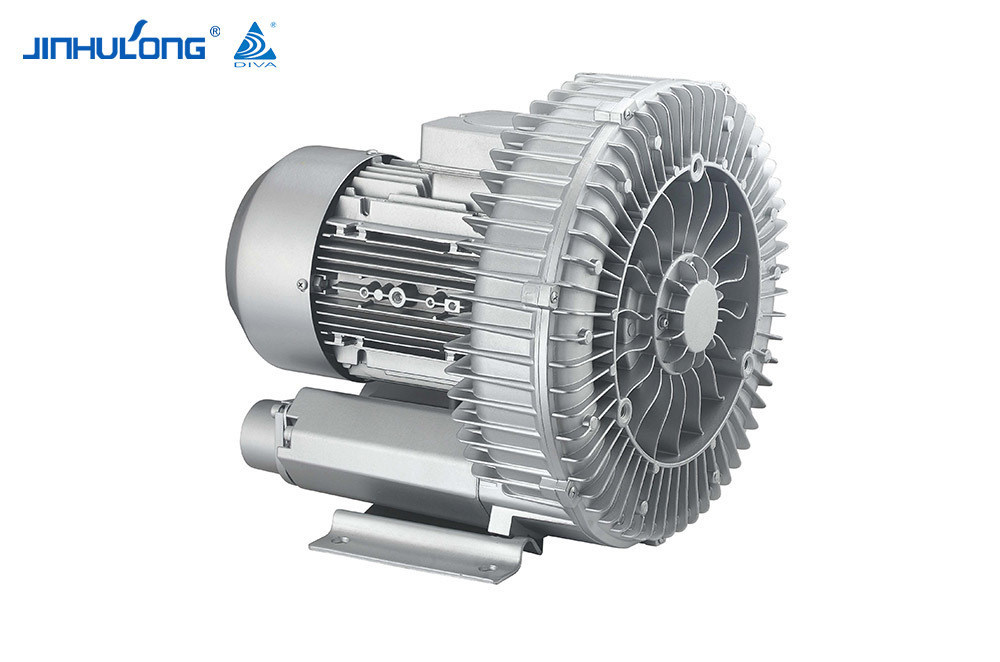
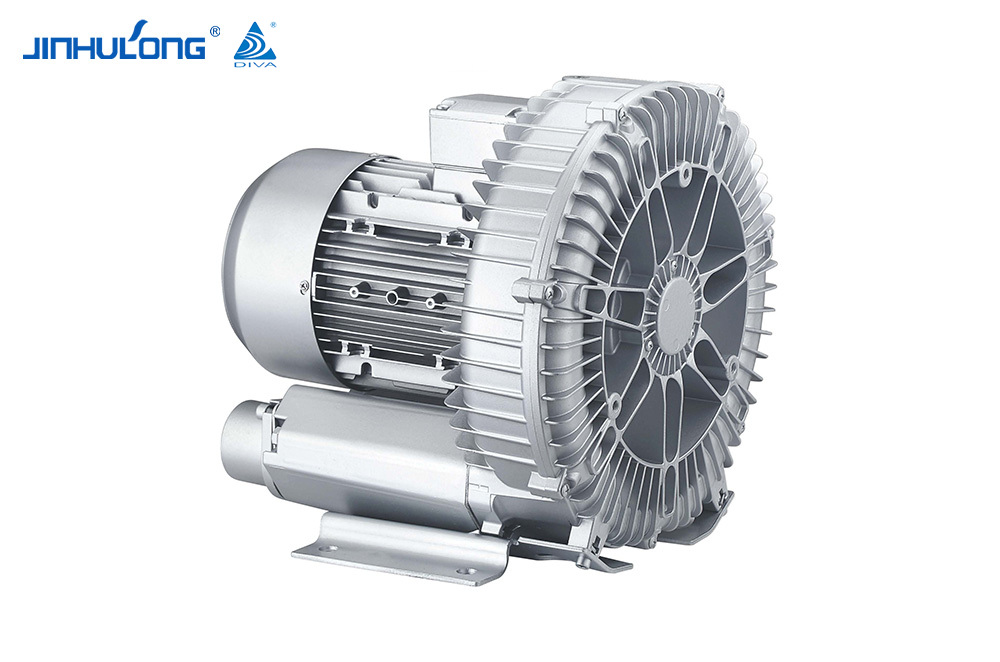
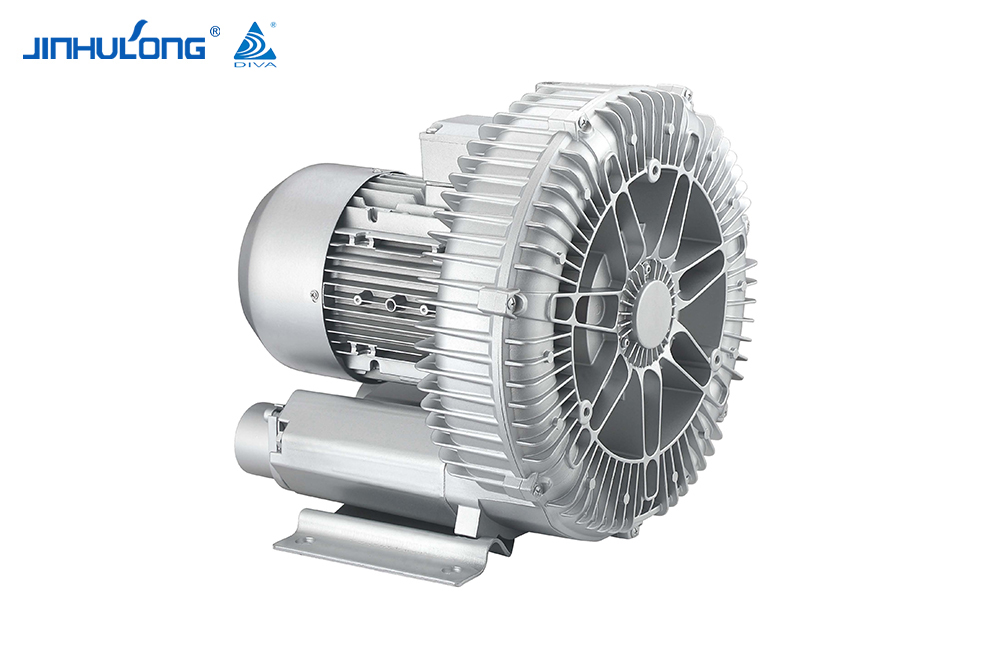
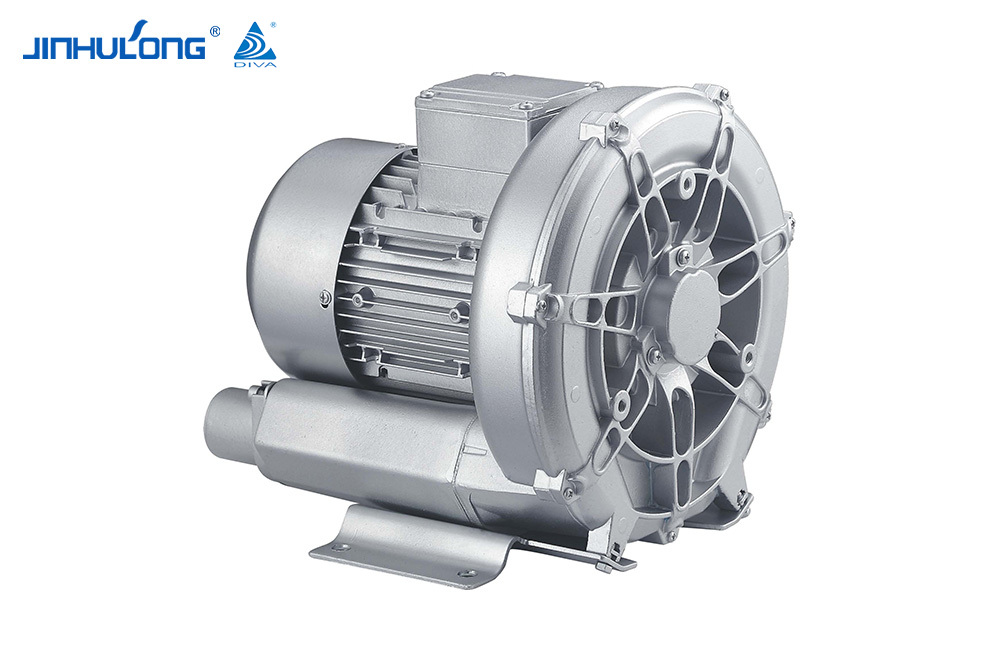
 0086-576-84893666
0086-576-84893666  0086-15757686666
0086-15757686666  sales@jinhulong.com
sales@jinhulong.com  Tangshan Chen, Shabu Town, Huangyan, Taizhou, Zhejiang
Tangshan Chen, Shabu Town, Huangyan, Taizhou, Zhejiang 
